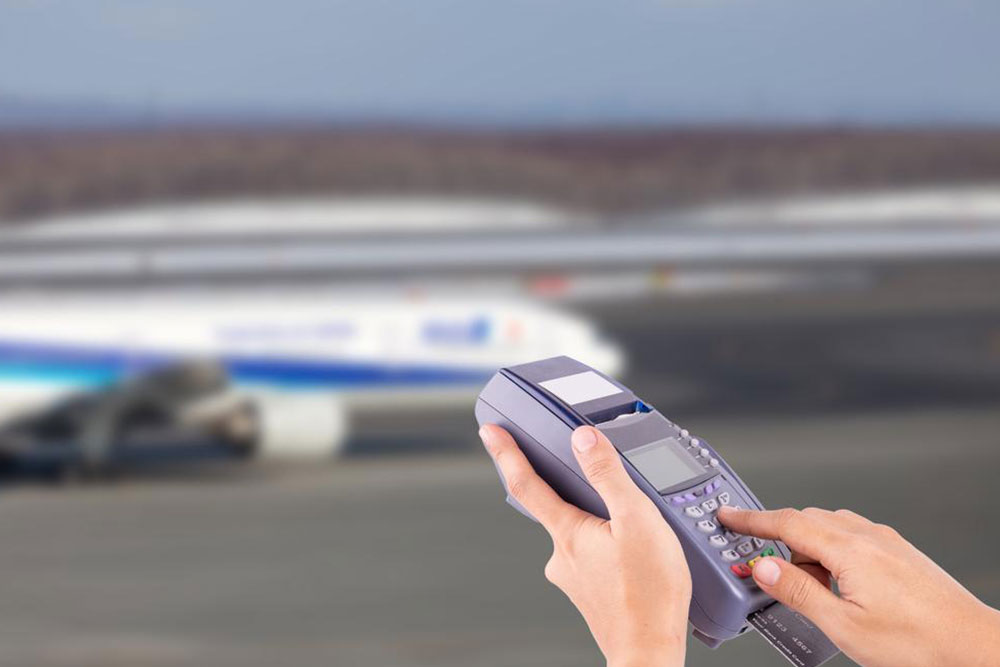Top Global Online Payment Platforms Essential for Seamless International Business
Discover the essential online payment platforms revolutionizing international commerce. Learn about credit and virtual cards and P2P payment systems that enable fast, secure cross-border transactions. Explore how businesses and individuals leverage these digital solutions to facilitate seamless global trade and finance. Stay ahead in today’s interconnected economy with cutting-edge payment technologies that improve efficiency, security, and convenience worldwide.

Leading Online Payment Platforms Powering Cross-Border Commerce
In recent years, the landscape of international commerce has been radically reshaped by the proliferation of online global payment systems. These innovative platforms enable businesses, entrepreneurs, and consumers across the world to engage in smooth, secure, and efficient transactions. The evolution from traditional payment methods—often slow, fragmented, and risky—to modern digital solutions signifies a major leap forward in facilitating international trade. Today, seamless cross-border payments are a cornerstone for global supply chains, online marketplaces, and international service providers, fostering rapid economic growth and expanding market reach.
Understanding the core types of international online payment methods is essential for businesses aiming to optimize their cross-border transactions. The two most prominent categories are:
Credit and Virtual Cards
Global online payment ecosystems predominantly rely on credit, virtual credit, or debit cards for instant, secure transactions. Customers simply input their card details on trusted platforms to complete purchases swiftly. For merchants, these payments are directly deposited into bank accounts, streamlining fund management. To mitigate risks, issuing banks deploy advanced fraud detection and protection mechanisms, ensuring both buyers and sellers are safeguarded against unauthorized transactions.
Virtual credit cards revolutionize online security by generating unique, temporary card numbers linked to a user’s primary account. This method minimizes exposure of sensitive banking information, making it an ideal choice for secure online shopping, marketplaces, and small-scale international transactions. While virtual cards are suitable for many e-commerce activities, their transaction limits mean they are typically used within certain monetary boundaries, especially for small to medium-sized purchases.
Additionally, virtual credit cards enable users to create disposable numbers for each purchase, enhancing security and reducing fraud risks. These cards are especially valuable in scenarios involving frequent online transactions or when dealing with unfamiliar vendors. Overall, credit and virtual credit cards form the backbone of many international transaction frameworks, providing a fast, reliable, and secure payment method that meets the demands of today’s global economy.
Peer-to-Peer (P2P) Payment Systems
Another vital component of international digital payments is the peer-to-peer (P2P) transfer system. P2P platforms facilitate instant, direct payments between individuals or businesses across borders. Popular services like PayPal, Venmo, and others enable users to transfer money in real-time without geographical or currency barriers. These systems typically require users to create accounts, link their bank accounts or cards, and authenticate their identities for security purposes.
To make an international P2P transfer, a user logs into their platform account, inputs the recipient’s details, and specifies the amount to send. The transfer process is executed instantly, with the recipient able to access the funds immediately or transfer them into their local bank account securely. P2P solutions offer several advantages, including speed, convenience, low fees, and robust security features that protect users from fraud and unauthorized access.
Beyond individual transactions, P2P payment platforms are increasingly being adopted by small businesses and freelancers operating across borders. These services facilitate quick settlement of invoices, payments for freelance work, or small business transactions, thus supporting the expansion of global entrepreneurial activities.
In conclusion, the landscape of online international payments is continually evolving, driven by technological innovations and the increasing demand for swift, secure, and cost-effective cross-border financial services. Whether through credit and virtual cards or P2P payment systems, these platforms are crucial for modern international commerce, enabling seamless global trade and financial inclusion.





